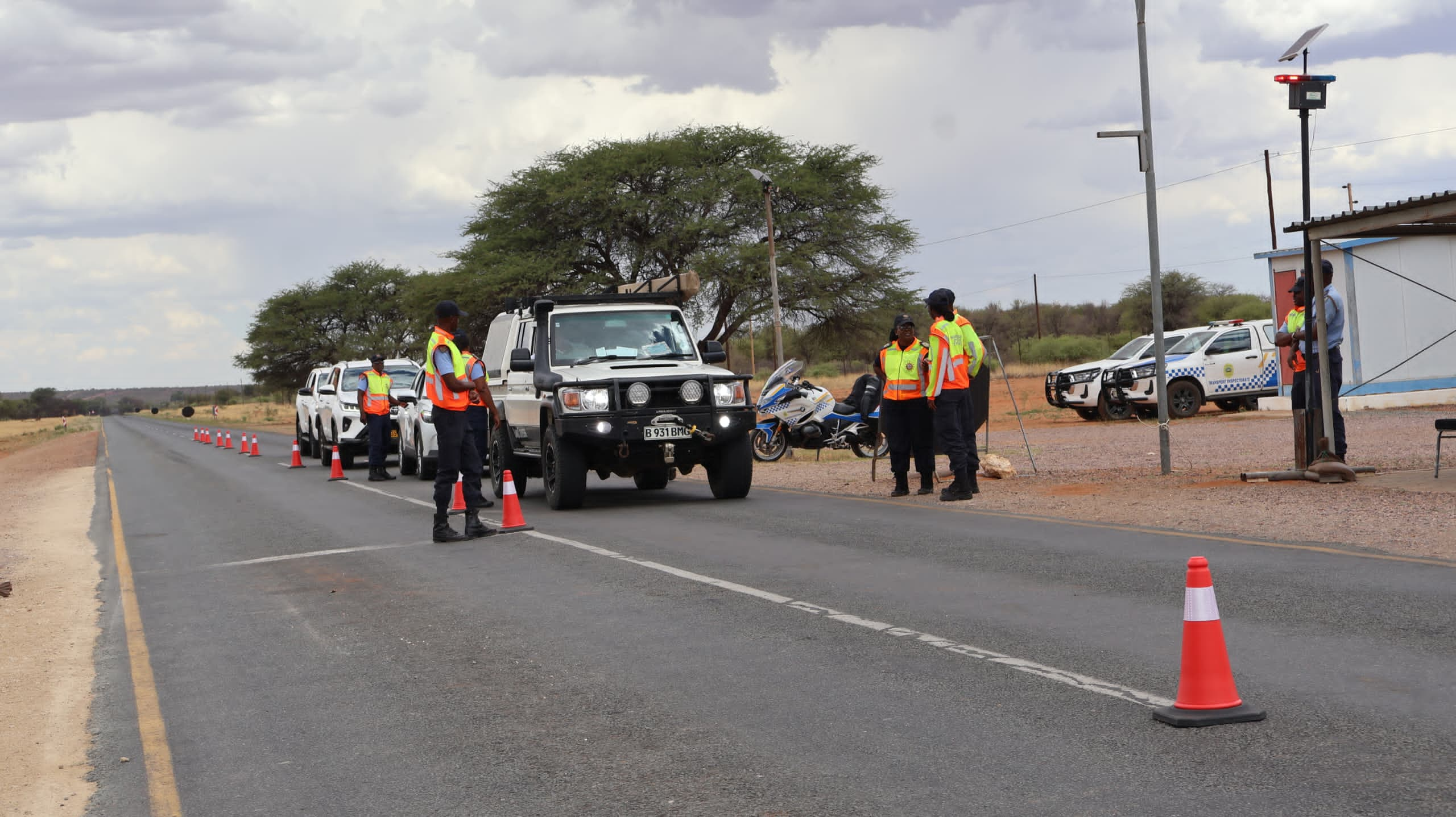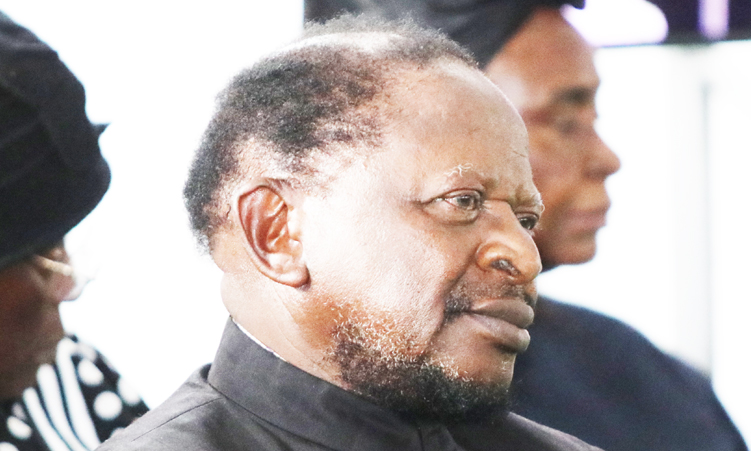The hype around green hydrogen and its potential to address poverty, unemployment and inequality has not rubbed off on the people of Dâures.
This constituency in the Erongo region is home to the Dâures Green Hydrogen village pilot project set to produce 18 tonnes of hydrogen and 100 tonnes of green ammonia for export to international markets.
The project was expected to be launched in the third quarter of this year.
The long-term goal is to establish a green circular economy and pilot project on 300 hectares of land. This is part of a larger 15 000-hectare site that could potentially create hundreds of jobs.
Uis resident Gregory Huseb says the community is not sure whether green hydrogen will deliver on the promises made to the community in terms of employment and better living standards.
“We are glad the project has come. We want it to succeed. But so far, the community is being left behind and not made part of the journey to develop this new industry,” he says.
Huseb says the community is not familiar with the green hydrogen industry yet.
‘NOT ENOUGH CONSULTATION’
There has only been one community meeting with the Dâures Green Hydrogen Village project team and none with the Dâures Daman Traditional Authority to create awareness, he says.
“The community was not consulted about the land the traditional authority gave for the pilot project.
That land is the breeding ground of the wildlife in the Dâures constituency from which the community was making a living,” he says.
Huseb is a member of the Tsiseb conservancy management committee.
Some 100km away, the Dorob National Park is a hive of activity.
The Dâures Green Hydrogen Village project team is erecting staff housing, a laboratory and training facility, an eco-lodge and a camping area for over 50 visitors.
They have installed water assets such as a reverse osmosis system to improve water quality. The electrification of the off-grid village is also complete.
‘WHERE ARE OUR JOBS?’
“Out of the 200 jobs that were available, only eight or 10 successful applicants were from Uis. Out of the constituency locals, there are maybe 80. But the project is for us, the people on the ground.
“I know the jobs are for skilled and semi-skilled people, and most of our people are unskilled, but when will they gain skills if this development cannot improve their education and skill level? Not one person from Dâures constituency qualified for the bursaries either,” he says.
Green Hydrogen Council chairperson Obeth Kandjoze has concurred, adding that the situation is the same in the Hardap and //Kharas regions.
He expressed his disappointment in a recent New Era report.
Kandjoze said there was an under-representation of nationals from these regions when the second round of scholarships for technical and vocational education and training (TVET) qualifications were awarded for green hydrogen – only two qualified.
“To this end, the government is exploring a bespoke TVET programme to ensure that when the Southern Corridor Development Initiative project commences, Namibia has developed local capacity across all demographics to absorb employment opportunities equitably,” he said.
Huseb says perhaps things would change after a planned roadshow in October with the Dâures Green Hydrogen village team to educate the community on the pilot project.
‘FOR THE PEOPLE’
Dâures Daman Traditional Authority chief Zacharias Seibeb does not agree with Huseb.
He says despite its lack of transport for the community, the traditional authority held two community meetings outside Uis at farm Suberos last year and another one at Uis this year, at which the Dâures Green Hydrogen Village working committee was present.
“Representatives from the environment ministry and conservancy management committees were also present.
The challenge is the people living around the project are on small farms. These farms have two to three households, but we can’t exclude them,” he says.
Uis is the seat of the constituency, with smaller settlements including Okombahe, Omatjette, Grootspitzkop, Odama, Omihana, Okamapuku, Otjohorongo, Ovitua, Ozondati and Tubusis – home to more than 12 000 residents.
Seibeb says the Dâures Green Hydrogen Village requested 15 000 hectares of land, but the traditional authority recommended only 1 500 hectares to the Ministry of Environment, Forestry and Tourism to start with.
He says the traditional authority does not provide land, but can make recommendations to the ministry.
“I do not do projects for myself, it is for the people.
So why should I do these things in secret? These people come to our offices and receive help with consent letters and claim forms, but then turn around and say this office is useless.
“Nowadays, we have people going on social media to stop others from attending community meetings.
We planned a meeting for 12 October, and they told the people it was an illegitimate meeting. They don’t want people to attend, but call the people afterwards to ask what was discussed,” he says.
“This same group of people demonstrated, saying there is illegal mining among small miners.
The buyers that used to buy from the locals used to pay them even for 10kg of semi-precious stones, and people had money every Friday. Now the buyers have withdrawn and the people are crying about hunger,” the chief says.
Seibeb says the particular group feels traditional authority leaders are illegitimate and want to remove him, discouraging community members from attending meetings.
‘ALL ABOUT INCLUSION’
Dâures Green Hydrogen Village chief executive Jerome Namaseb says local inclusion was key to the project’s design from the beginning.
“… from the organisational shareholding to the designs that used local Uis bricks, the bid documents that were specifically tailored to support local involvement, the selection of employed people by a committee represented by the communities, to the attendance of regional representatives to our monthly meetings,” he says.
Namaseb says over 20 small and medium-sized enterprises were involved in construction, of which seven were from the Dâures constituency.
Throughout the construction phase, more than 200 jobs were created, with 80 individuals recruited from within the Dâures constituency.
“One of the challenges has been using a 95% Namibian workforce, with many of those individuals being untrained, which has had an impact on delivery timelines.
“Looking ahead, as the project transitions to the operational phase, particularly with the greenhouse and ammonium sulphate production, there will be additional employment opportunities,” he says.
Stay informed with The Namibian – your source for credible journalism. Get in-depth reporting and opinions for
only N$85 a month. Invest in journalism, invest in democracy –
Subscribe Now!







